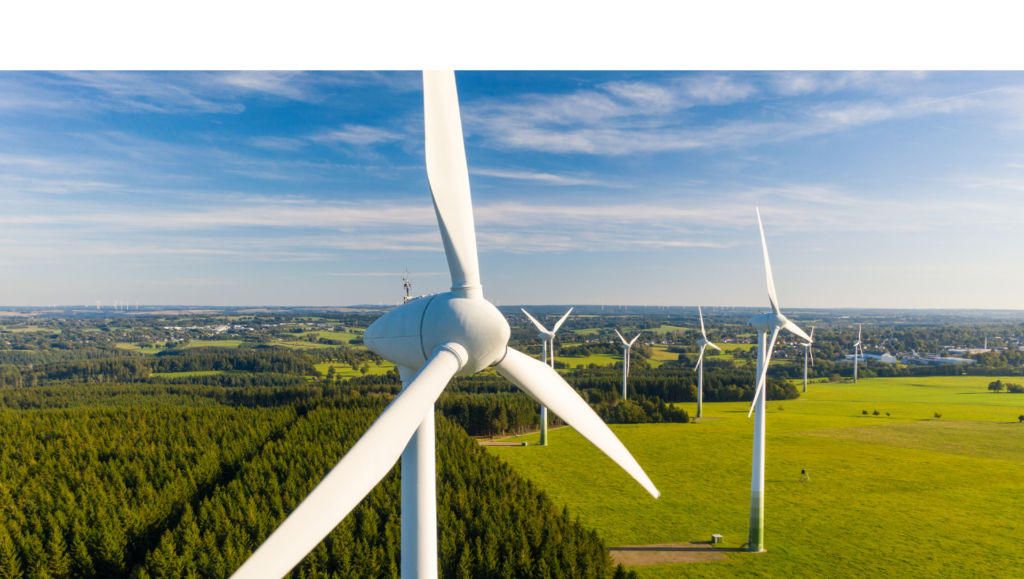
SEPV, like the entire renewable energy market, had been eagerly awaiting the long-anticipated amendment to the Wind Turbine Act for months.
The construction of wind turbines, just like photovoltaic farms, is ingrained in the DNA of our company. Favorable legislative changes will allow us to more efficiently execute our current wind projects, as well as create new opportunities to develop innovative ventures. In particular, hybrid projects that combine wind turbine construction with photovoltaic farms will accelerate the implementation of investments related to turbine development.
Last week, the Government adopted an amendment to the Wind Turbine Act.
The project was submitted to the Sejm on March 24, 2025. (Print No. 1130 – Government bill on amending the Act on Investments in Wind Farms and Certain Other Acts.)
The document is already available on the website of the Polish Parliament (Sejm RP).
The progress of the legislative process can be followed HERE.
Main legislative changes
Abolition of the 10H rule: The minimum distance between wind turbines and residential buildings is now set at 500 m (previously 700 m). This measure could contribute to an increase in the installed capacity of new projects by 60–70% and to an expansion of the growth potential of wind power by about 6 GW by 2030. However, investment implementation remains conditional on the approval of the municipal council and compliance with the local spatial development plan.
Modernization of existing turbines (repowering): New regulations allow for the replacement of older installations with modern, quieter, and more efficient solutions. Reduced grid connection fees, the waiver of deposits, and shortened deadlines for issuing connection conditions further support these actions.
Public consultations: The introduction of a mandatory requirement to conduct public consultations in municipalities, along with the inclusion of the relevant provisions in the local spatial development plans (MPZP).
Distances from protected areas: Minimum distances have been established: Wind farms from national parks – a minimum of 1500 m. Wind farms from Natura 2000 areas – a minimum of 500 m (including habitat protection areas and special bird protection areas).
Distance from national roads: The new regulations set the required distance at “1H” (equal to the total height of the wind turbine).
Support for virtual prosumers: A mechanism allowing investors to make at least 10% of a wind farm’s capacity available to residents of the municipality, and following the amendment – also to residents of nearby localities.
Extension of support for gas fuel production: Introduction of a support system for larger biogas plants, along with simplified procedures for constructing direct pipelines, which will enable better utilization of biogas and agricultural biogas.
The new regulations are set to come into force on the first day of the month following the month in which they are published in the Journal of Laws.
Study on the impact of wind turbines
Researchers from the Faculty of Educational Studies and the Faculty of Physics and Astronomy at Adam Mickiewicz University in Poznań conducted experiments to examine the impact of noise generated by a wind turbine on human cognitive functions. In the experiment, the noise of a 2 MW turbine was recorded using an ambisonic microphone, which enabled the creation of a one-hour audio sample.
The analyses showed that the turbine noise, despite amplitude modulation, reached an equivalent level of 65.4 dB SPL (38.5 dBA) – comparable to road traffic noise.
Importantly, the results did not show any negative impact of short-term exposure on cognitive functions. The authors suggest that any potential discomfort may be more related to social and cultural factors rather than the acoustic phenomenon itself.
The results of the pilot study were published in a journal from the Nature group:
Humanities & Social Sciences Communications, and they can be viewed HERE.
We are pleased that both the amendment to the law and the results of further studies on the harmlessness of wind turbines open up new opportunities for investors. SEPV looks to the future with optimism, planning additional innovative projects that will further integrate us with the rapidly growing renewable energy market and contribute to the transformation of Poland’s energy sector.
